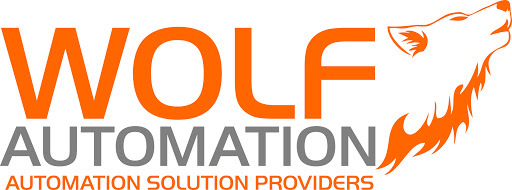How Automation Has Changed Manufacturing
There are two ways to look at automation in the manufacturing industry — either you think it’s fantastic, or you hate it for taking away people’s jobs. But, like it or not, automation has already changed how manufacturers think and work.
If you’re not privy to all the ins and outs of the manufacturing world, you may not be aware of the ways it has changed. However, it’s important to gen-up (especially as an employee!).
So, let’s jump right in and answer how automation changed manufacturing.
1. Provided Solutions to Short-Staffed Factories
Aside from taking over tasks that were far too strenuous for humans or too time-consuming, automation has worked wonders in short-staffed factories.
The tasks that were not being properly fulfilled have been taken over by machines. Of course, this might require some human interference somewhere along the line, but roles without the necessary “people power” have found automation to be a dream come true.
2. Boosted Employee Safety
You probably already know that manufacturing can be a pretty dangerous job. While it does largely depend on what product you’re making, it’s quite scary when you hear about those fatal factory horror stories.
Automation has taken a lot of fear out of the equation by performing the most dangerous tasks. It’s a simple yet super-effective concept — you take humans away from danger and replace them with a machine and bam, you’ve got less risk assessment to write.
3. Eliminated Human Error (almost)
Factory manufacturing is all about ensuring you put out the same quality in all products. Human error is the main reason why this isn’t always achieved. Why? Because people are not perfect so they physically cannot achieve the same standard every time. It’s just nature. Therefore, automation has improved this by eliminating human error.
As you know, many automatic processes need to have some sort of human intervention for them to work. But the majority of errors can be eradicated by the use of machines.
4. Slashed Payroll Costs
The capital cost of buying the equipment used to start automating your factory is fairly expensive. However, long term it’s far more cost-effective than paying boatloads of employees. The only thing that machines need is maintenance! For smaller companies, this has proven to be a huge benefit.
5. Boosted Productivity
Rules, regulations, and natural limitations that humans have restricted how long (and how much) an employee can do in a day — machines don’t have this downside.
If you felt like it, you could leave the automation equipment running 24 hours a day, 7 days a week. This isn’t always practical of course, but it’s something you could do.
Machines don’t need breaks or food and they never come to the end of their shift and leg it home. Thus, your factory can be up and running all day, every day to increase productivity and earn yourself some big bucks.
So, What About Those Who Have Lost Their Jobs?
We have one word for you — retrain. This is by far the best (and possibly only) way to minimize unemployment.
Manufacturers should ensure their staff have plenty of opportunities to improve and gain skills in different areas. Since automation is taking over the mundane, dangerous tasks, employees can focus on the creative side of things.
Pretty exciting, huh?
The Bottom Line
Whether people are happy about the automation of the manufacturing industry or not is rather irrelevant. While short-term it does take away jobs and limit people’s opportunities, in the long run, it will increase small businesses’ chances of competing with the top players. Not to mention it’ll help factory owners minimize costs, improve productivity, and provide better higher quality products.
